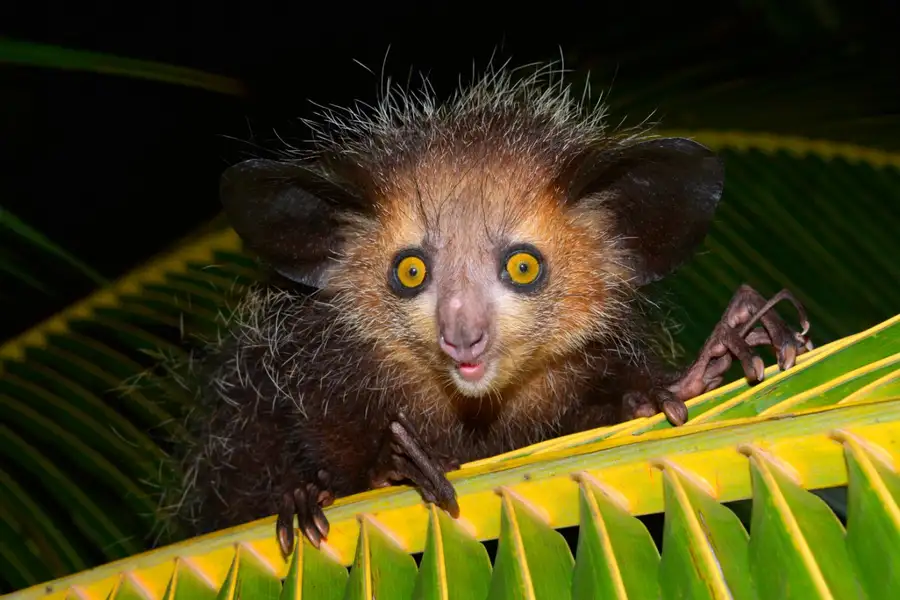Reading The Tomb of the Mili Mongga by Samuel Turvey for New Scientist, 6 March 2024
Pity the plight of evolutionary biologist Samuel Turvey, whose anecdotal accounts of fossil hunting in a cave near the village of Mahaniwa, on the Indonesian island of Sumba, include the close attentions of “huge tail-less whip scorpions with sickening flattened bodies, large spiny grabbing mouthparts, and grotesquely thin and elongated legs”.
Why was a conservation biologist hunting for fossils? Turvey’s answer has to do with the dual evolutionary nature of islands.
On the one hand, says Turvey, “life does spectacular, ridiculous, experimental things on islands, making them endlessly fascinating to students of evolution.”
New Caledonia, a fragment of ancient Gondwana, boasts bizarre aquatic conifers and even shrubby parasitic conifers without any roots. Madagascar hosts a lemur called the aye-aye; a near primate equivalent to the woodpecker. But my personal favourite, in a book full of wonders, pithily described, is the now extinct cave goat Myotragus from predator-free Majorca and Menorca. Relieved of the need to watch its back, it evolved front-facing eyes, giving it the disconcerting appearance of a person wearing a goat mask.
But there is a darker side to island life: it’s incredibly vulnerable. The biggest killers by far are visitations of fast-evolving diseases. European exploration and colonisation between the 16th and 19th centuries decimated the human populations of Pacific archipelagos, as a first wave of dysentery was followed by smallpox, measles and influenza. Animals brought on the trip proved almost as catastrophic to the environment. Contrary to cliche, westerners on the island of Mauritius did not hunt the dodo to extinction; rats did. And let’s not forget Tibbles, the cat that’s said to have single-handedly (pawedly?) wiped out the Stephens Island wren, a tiny flightless songbird, in 1894.
There are lessons to be learned here, of course, but Turvey’s at pains to point out that islands are accidents waiting to happen. Islands are by their very nature sites of extinction. They may be treasure-troves of evolutionary innovation, but most of their treasures are already extinct. As for conserving their wildlife, Turvey wonders how, without a good understanding of the local fossil record, “we even define what constitutes a ‘natural’ ecosystem, or an objective restoration target to aim for”.
A tale of islands and their ephemeral wonders would alone have made for an arresting book, but Turvey, a more-than-able raconteur, can’t resist spicing up his account with tales of Sumba’s resident mythical wild-men, the “Mili Mongga”, who, it is said, used to build walls and help out with the ploughing — until their habit of stealing food got them all killed by the infuriated human population.
Why should we pay attention to such tales? Well, Sumba is only about 50 kilometres south of Flores, where a previously unknown (and, at just over a metre tall, ridiculously small) hominin was unearthed by an Australian team in 2003.
If there were hobbits on Flores, might there have been giants on Sumba? And might surviving mili mongga still be lurking in the forests?
Turvey uses the local island legends to launch fascinating forays into the island’s history and anthropology, to explain why large animals, fetched up on islands, grow smaller, while small animals grow larger, and also to have an inordinate amount of fun, largely at his own expense.
When one villager describes a mili mongga skull as being two feet long, and its teeth “as long as a finger”, “I got the feeling,” says Turvey, ”that there might now be some exaggeration going on.” Never say never, though: soon Turvey and his long-suffering team are following gamely along on missions up crags and past crocodile-infested swamps and into holes in the ground — sometimes where other visitors, from other villages, habitually go to relieve themselves.
“There was the cave that some village kids told us contained a human skull, which turned out to be a rotten coconut under some bat dung,” Turvey recalls. “There was the cave that was sacred, which seemed to mean that no one could remember exactly where it was.”
Turvey’s more serious explorations unearthed two new mammal genera (both ancestral forms of rat). It goes without saying, I should think, that they did not bring back evidence of a new hominin. But what’s not to enjoy about a tall tale, especially when it’s used to paint such a vivid and insightful portrait of a land and its people?

